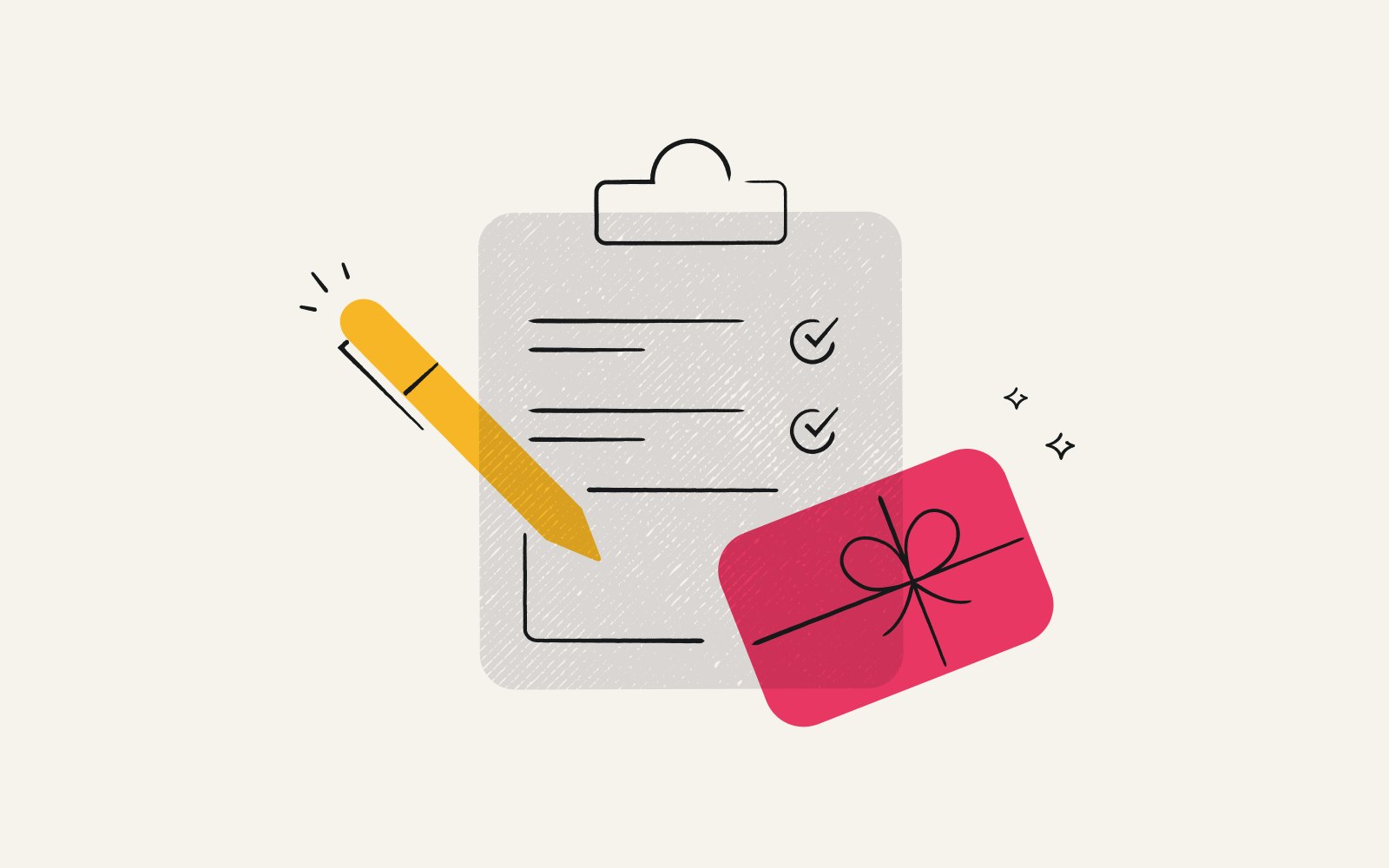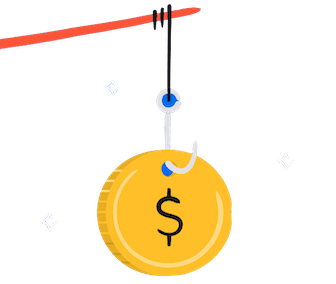When you come up with an exciting new idea for a product, it’s tempting to believe everyone else will love it too. Especially if your friends, family, and coworkers seem to adore the idea right along with you.
Why not just create this cool new thing and push it to market?
Back in the 1970s, Gerber did just that. The baby food company looked at its bestselling glass jars of mush and thought hmm, I bet college students and broke young adults would love this too!
So it created a new product line of baby food, but for grown-ups. Beef burgundy puree, anyone? What about a mushy dose of ham casserole? Gerber Singles is here to deliver!
As you might expect (but apparently, Gerber didn’t), the product flopped hard. The company discontinued its Singles line within a year.
Your story doesn’t have to end the same way. With market research, you can find out if there’s an audience for your product before you actually make and sell it.
Businesses can also learn a lot about customer needs and behaviors to stay competitive and make better-informed decisions. With a more thorough understanding of new or changing demographics and geographies, you’re better positioned to manage risk and measure the success of current product offerings.
In other words, your new product or service has a better chance of finding success.
What is market research?
Market research is the stage of product development where you learn everything you can about your target audience.
The first step is to find out who your ideal buyers are. There are billions of people in the world. Which ones need what you’re selling?
Let’s say you work at a clothing company and have a cool new idea for stain-resistant clothes. In theory, people will love this new line, and your company has a trusted name. At face value, it seems like a great idea. But you decide you still need to verify whether anyone would actually buy the product.
Here’s a quick overview of how to launch a market research campaign for your idea.
How to conduct market research in 6 steps
Effective market research follows a systematic approach that helps you gather reliable insights while avoiding costly mistakes. These six steps will guide you through the process, from identifying your ideal customers to analyzing data that drives smart business decisions.
Step 1: Find your target audience
Market researchers always start by defining who is in their target audience. Your goal here is to ask yourself several key questions:
Who would buy this product?
What interests does this group of people have?
What are their demographics?
What problem of theirs can my product solve?
Where do they usually spend their money?
You can poke around for insights from secondary sources, like third-party research firms and news articles. These secondary sources can give you a sense of who you’re actually looking for, what they’re interested in, and some of their common habits and problems.
Step 2: Recruit and incentivize the right participants
The quality of your market research insights depends on recruiting engaged, representative participants. Poor recruitment can lead to skewed data or rushed responses that compromise business decisions.
Meaningful incentives are one strategy for attracting quality participants and keeping them engaged. Research from the Federal Housing Finance Agency and Consumer Financial Protection Bureau found that a transparent approach worked best where participants receive full information about available incentives upfront.
In a joint effort, researchers from the FHFA and CFPB mailed 175,000 surveys to mortgage owners between 2014 and 2021. During this time, they experimented with various incentive structures. After analyzing the results of their studies, they found that people responded best when they were told right away that they’d receive a $5 or $10 pre-survey payment as well as $20 after completing the survey.
Once you have your own incentive structure planned, you can recruit through social media groups, professional organizations, universities, and other existing networks to find participants who match your target demographics.
Step 3: Validate your idea
Idea validation takes your product concept to a group of people pulled from your target audience and asks them one simple question: would you buy this product?
The easiest way to do this is to run a survey on a tool like Qualtrics or Typeform. These tools let you gather a custom target audience and ask them important questions about your product idea. For example, you could ask a question like, “Would you buy stain-resistant clothing?”
You can incentivize your respondents with a reward to encourage engagement. Then, you can use the responses to guide your next steps.
For example, let’s say your survey respondents express a cautious interest in your idea. Their main concerns are:
Price
Quality
Differentiation from other options
You and your team could take this feedback and go back to the drawing board to figure out how to solve these problems.
Step 4: Run a focus group
A focus group is a valuable market research tool. Focus groups are usually guided by moderators and recorded by observers, usually a product development or market research team.
Think of a focus group as a safe place for your product’s faults to show themselves. Even though you’ve invested time and money into the focus group, the stakes are still relatively low.
Some organizations use focus groups earlier in the process before a prototype is ready. Others like to run focus groups when they have a working prototype for their target customers to test out. Many run focus groups throughout the product development process.
No matter the exact method, the goal is to gather a small group of people to share their honest feedback on your product. In return, they receive compensation or a reward from your organization.
Step 5: Size up your competitors
Competitors are, well, competition. But they're also excellent teachers
Gather as much information as you reasonably can about your competitors':
Strengths and weaknesses
Marketing and branding strategies
New product lines or services
Web traffic and social media engagement
Customer reviews
Your organization can gather inspiration from their efforts and learn from their shortcomings. You can also discover what sets your product apart.
Step 6: Analyze your data
By now, you’ve got lots of qualitative and quantitative data to work through. This step of a market researcher’s job involves getting all of it organized. That way, you can use the information to guide the rest of your marketing journey.
This step is where you sort out the qualitative responses you got during your surveys and focus groups. Group them into themes and categories.
Use visual tools like word clouds, graphs, and charts to help identify themes in your research. Do the same with the metrics you've collected, like demographic data about your target audience.
These insights will help you figure out the direction your product should go. They’ll also guide your outreach efforts as you connect with your target customers and spread the word about your new product.
For example, in your research, you may find words like “trust” and “comfort" bubble up to the surface as a consistent pattern in your word cloud. This gives you an indication that you should lean into trust in your marketing materials, and comfort in your product design.
Types of market research
Market research comes in several flavors, each serving different purposes in your quest to understand customers and validate your ideas.
The broadest distinction is between primary and secondary research.
Primary research involves collecting new data directly from your target audience through surveys, interviews, or focus groups.
Secondary research taps into existing information like industry reports, competitor analyses, or published studies. You can also combine both approaches.
You'll also encounter qualitative versus quantitative research:
Qualitative research digs into the "why" behind customer behavior through open-ended questions and discussions, giving you rich insights into motivations and pain points.
Quantitative research focuses on measurable data. How many people prefer option A over option B? What percentage of your audience fits a certain demographic?
The key is matching your research methods to your specific questions and goals.
Market research methods
Once you understand the types of research available, you need to choose the right methods to gather your insights. Each approach has its strengths depending on what you're trying to learn.
Surveys
Surveys can validate ideas, help understand preferences, or gather demographic information. Survey tools like Qualtrics or Typeform make it easy to reach hundreds or thousands of people with standardized questions.
Focus groups
Focus groups bring six to 10 people together for guided discussions about your product or service. They're invaluable for understanding the "why" behind customer reactions and uncovering concerns that may not be on your radar.
One-on-one interviews
One-on-one interviews dive deeper into individual customer experience and motivations. While more time-intensive than surveys, interviews provide rich, detailed feedback that can reshape your approach to a product or market.
Observational research
Observational research involves watching how people actually behave with products or services, rather than relying on what they say they do. This method can reveal gaps between stated preferences and real-world behavior that other methods might miss.
The best research strategies often combine multiple methods, such as starting broad with surveys, then drilling deeper with focus groups or interviews to understand the story behind your data.
When to do market research
Even though it’s particularly important during the early stages of product development, market research is something to stay on top of all the time. It keeps you informed about your customers and helps you stay on top of any trends.
That said, market researchers pay special attention to periods of change. It’s always a good time for a fresh round of market research when you’re:
Creating a new product or service
Expanding your product line
Trying to understand why sales have plummeted, or even risen exponentially.
Change can be hard on a business. Market research is a trusty tool to help you navigate those natural yet nerve-wracking ups and downs.
Key takeaways
Market research can help you avoid expensive snafus, like Gerber's adult baby food venture.
A big part of market research involves putting your ideas out there and getting feedback from your target audience before pouring budget into a new product or service.
Remember these key points:
Market research is best done continually. From validating new ideas and testing prototypes to finding the right customers and creating ads, market research is an ongoing cycle.
Participants are everywhere. From Facebook groups to local libraries to professional organizations, you can find potential research participants anywhere.
Meaningful incentives matter. There are plenty of people who want to help you do market research, but they need the right incentive, delivered in the right way.



